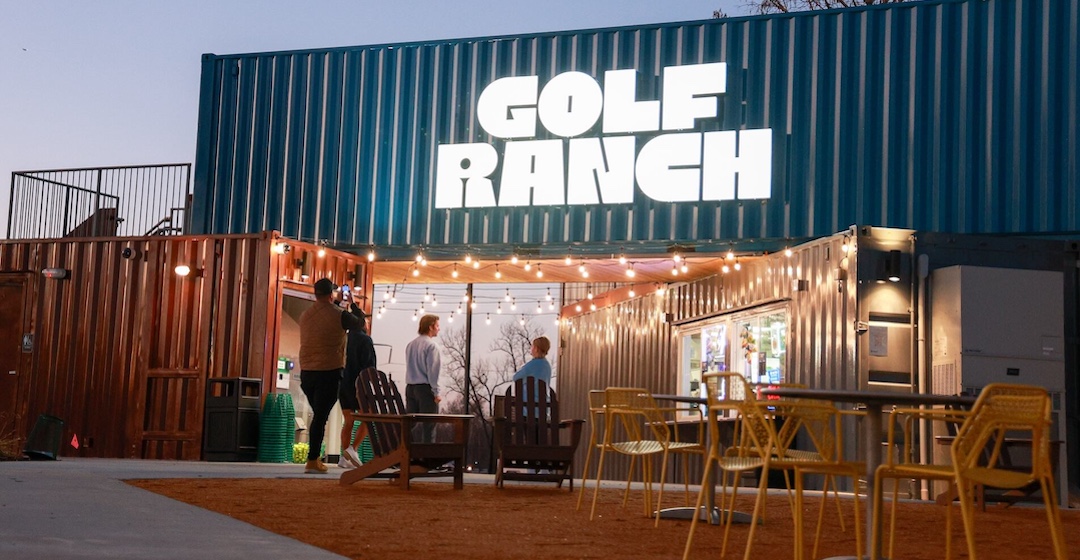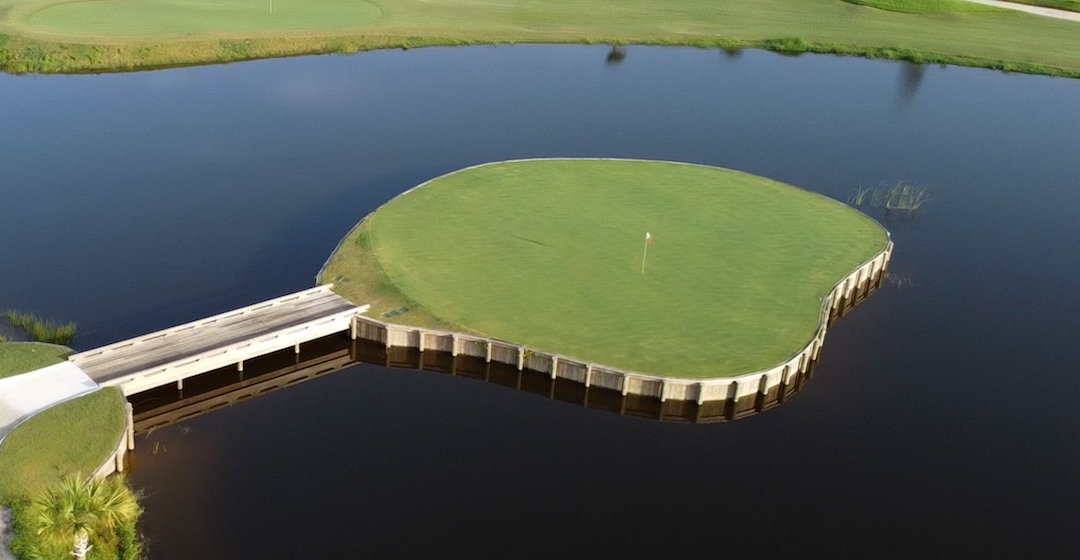There’s a quiet revolution brewing in Dallas, and it’s not on the PGA Tour—it’s on the range. Blue Jeans Golf, the team behind the Golf Ranch brand, just secured $20 million in Series B funding. And rather than chasing the Topgolf party model, they’re carving out their own space with something they’re calling “Golf Lite.”
What Exactly Is Golf Lite?
At its core, the Golf Ranch concept is about lowering the barriers to entry. Walk in, rent clubs if you need them, pay a membership for as little as $20 a month, and start swinging. Toptracer tech powers every bay, giving players immediate feedback on carry distance, ball speed, and shot shape. The vibe is casual, the setup is convenient, and there’s no pressure to play a full round—or even know all the rules of the game.
Think of it as a bridge between the driving range of old and today’s tech-driven sports culture. Where Topgolf made golf a night out, Golf Ranch makes it a routine part of your week.
Scaling Up, Fast
Backed by Old Tom Capital and Creator Sports, the company is aiming to expand aggressively: 12 new locations by 2026, including Glendale, Arizona and Grand Prairie, Texas, with the goal of hitting 50 facilities nationwide. That’s a staggering jump from the four sites they operate now.
And the numbers are already proving the concept. More than 8,000 golfers are active “Ranch Pass” members, a base that grows as word spreads that you don’t need a tee time, a country club membership, or half a day off to practice.
Why It Works
Golf Ranch is resonating because it fits into modern lifestyles. People crave activities they can fit around work and family, and golf—once seen as time-consuming—suddenly feels accessible again. Add the growing demand for data-driven improvement (thanks to Toptracer metrics and lessons on site), and you’ve got a hybrid space that works for beginners and seasoned players alike.
The Bigger Implications
By reclaiming and renovating underused ranges instead of building new courses, Blue Jeans Golf is sidestepping the land and water use issues that plague traditional golf development. It’s a sustainable, scalable way to grow the game, and it could become the model for casual golf in the next decade.

Blue Jeans Golf Is Building a “Golf Lite” Empire
Blue Jeans Golf raised $20M to expand its Golf Ranch “Golf Lite” ranges—revamped facilities with Toptracer, memberships, rentals, and lessons built for today’s golfer.






